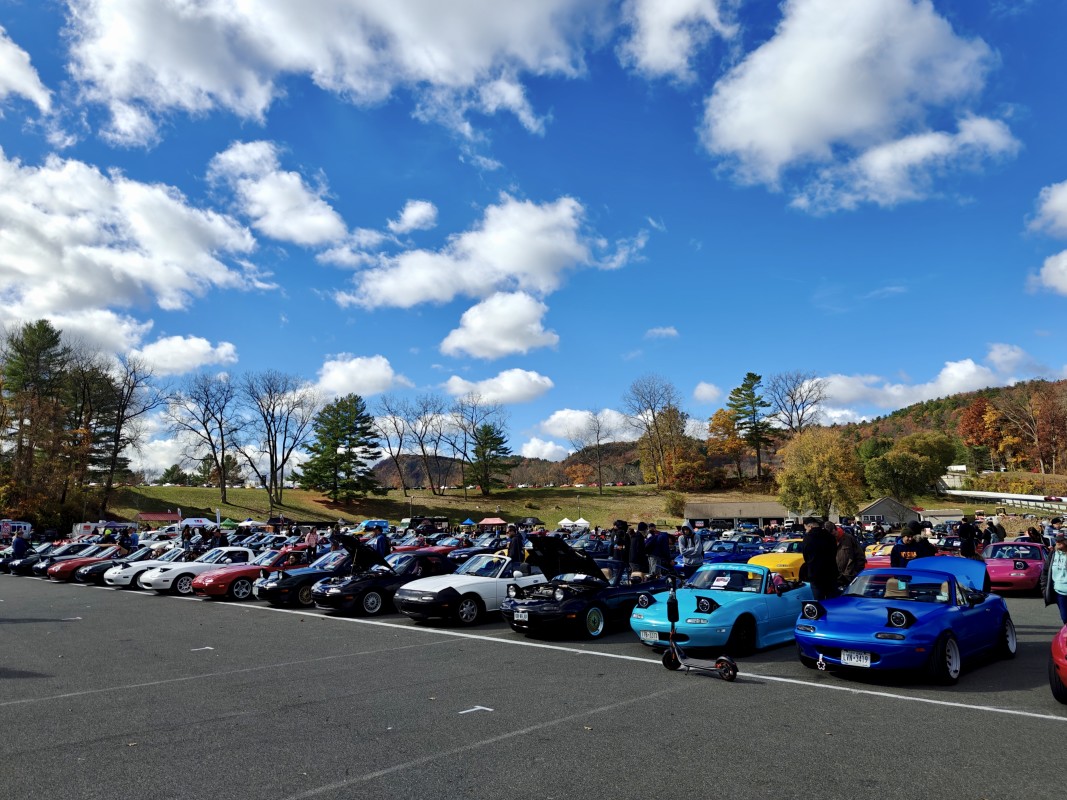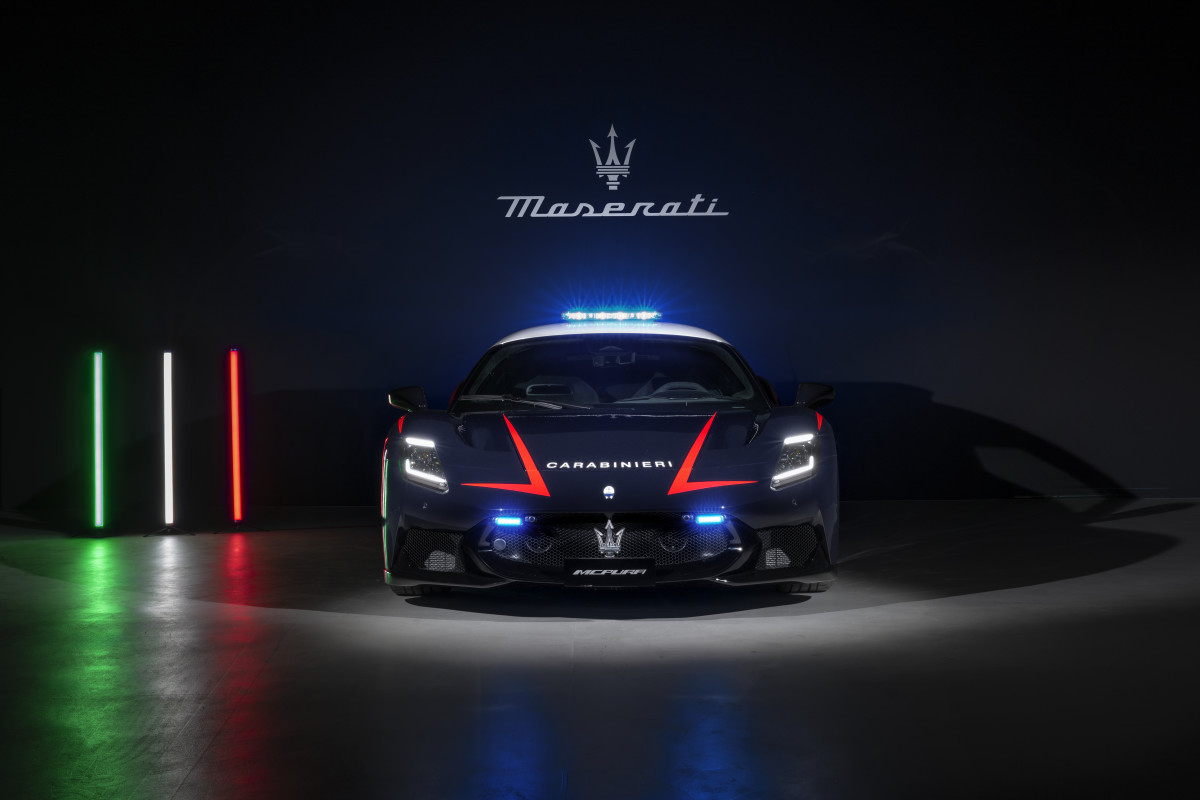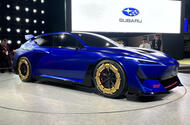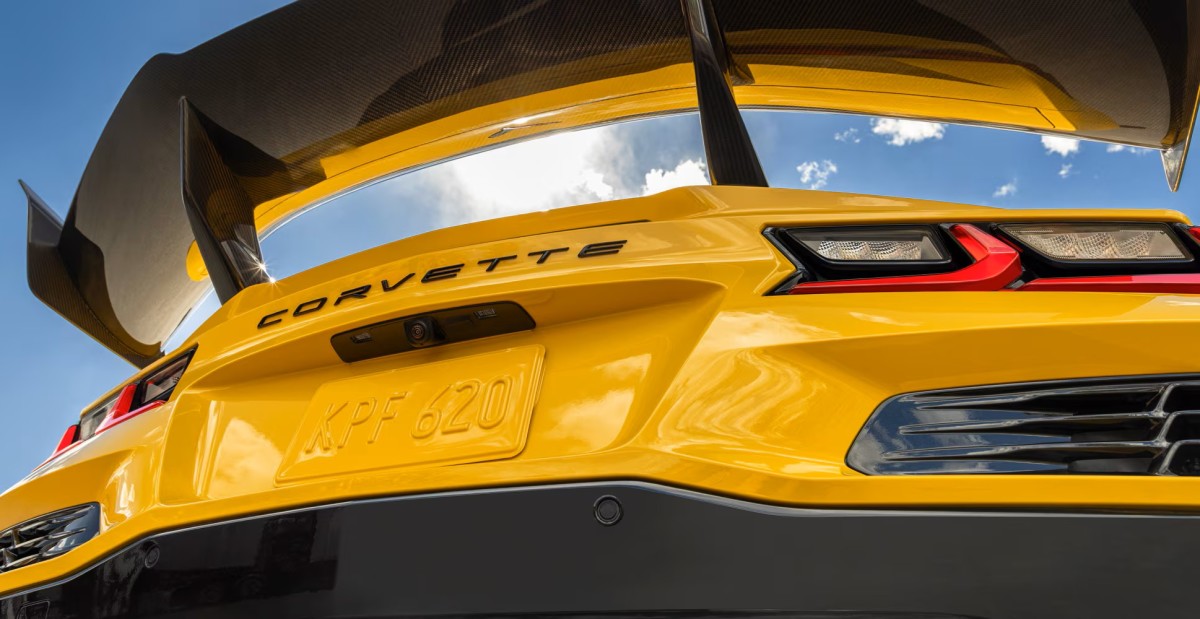Mazda’s Next-Gen Miata: A Battle for the Soul of Sports Cars in an Era of Electric Tyranny
Eight engineers and designers from Mazda’s Hiroshima headquarters recently made waves at MiataCon held at Lime Rock Park, where they engaged directly with passionate Miata owners from across the nation. This annual event, a celebration of the MX-5 Miata and its nearly four-decade legacy, provided a unique platform for the engineers to gather insights from the most devoted members of the Miata community. From the first-generation NA models to the current ND iterations, the event showcased the diverse range of Miatas and the unwavering dedication of their owners, highlighting the emotional and cultural significance of the vehicle.
Mazda’s presence at MiataCon was not merely a marketing ploy; it was a genuine effort to connect with the enthusiasts who have kept the Miata relevant over the years. The engineers observed the various models and engaged in discussions about what makes the MX-5 special to its drivers. The event underscored Mazda’s commitment to understanding its customer base and the values that have defined the Miata experience. The Miata’s lightweight design and engaging driving dynamics have become synonymous with the brand, and the engineers’ engagement at the event illustrated a desire to maintain that connection.
One particularly notable interaction involved a Lime Rock official facilitating a ride for a Mazda engineer in a race-spec Miata, showcasing the brand’s dedication to grasping the performance aspects that resonate with racing enthusiasts. This hands-on approach underscores a significant shift in automotive development, where manufacturers are increasingly seeking direct input from consumers to guide future innovations.
The engineers’ mission is clear: the next-generation MX-5 will retain its core attributes. Mazda leadership, including designer Masashi Nakayama and CFO Jeff Guyton, have reiterated that the Miata will remain small, lightweight, and naturally aspirated, with a focus on manual transmission options. This commitment to preserving the Miata’s defining qualities is crucial in a time when many manufacturers are veering towards electrification and turbocharging, often at the expense of driving engagement.
Mazda’s chief technical officer, Ryuichi Umeshita, emphasized the importance of keeping the next MX-5 “very light,” despite the challenges posed by increasingly stringent crash regulations. He dismissed the idea of introducing a turbocharged engine or fully electric powertrain unless absolutely necessary due to regulatory pressures. This stance is particularly significant in an automotive landscape that is rapidly shifting towards electrification, raising questions about how traditional sports cars will adapt to new standards without losing their essence.
The focus on maintaining a naturally aspirated engine paired with a manual transmission is a deliberate choice rooted in the philosophy of Jinba Ittai, which emphasizes the unity between car and driver. This philosophy has been pivotal in shaping the driving experience that Miata enthusiasts cherish. Umeshita’s insistence on the importance of these elements reflects a broader conversation within the automotive community regarding the future of driving dynamics amidst the rise of electric vehicles.
As Mazda navigates these challenges, it is also exploring collaborative opportunities, most notably with Toyota. Reports suggest that Mazda engineers are working alongside their counterparts in Toyota City to develop a shared sports car platform that could unite the strengths of both brands. This partnership, while still shrouded in speculation, could lead to a new era for the MX-5, blending Mazda’s lightweight design ethos with Toyota’s technical prowess.
The implications of such a collaboration are far-reaching. It raises the possibility of subtle updates to the Miata that could enhance performance without sacrificing its core values. However, enthusiasts remain wary of any changes that might dilute the Miata’s character. The Miata has always stood apart from the crowd, celebrated for its simplicity, agility, and the visceral connection it offers to drivers.
Despite the challenges posed by the evolving automotive landscape, Mazda’s engineers have made it clear that they are committed to listening to the community that has supported the Miata for decades. This commitment is vital as the industry faces pressure to adapt to new technologies and consumer preferences. The Miata’s mission remains unchanged: to deliver a lightweight, engaging, and accessible driving experience that fosters a deep connection between the car and its driver.
As the automotive world grapples with the shift towards electrification and the increasing complexity of vehicle systems, the engineers’ visit to MiataCon serves as a reminder of the importance of preserving the essence of driving. The Miata’s legacy is not just about the car itself but also about the community it has fostered and the shared passion for driving that transcends generations. The future of the MX-5 may be uncertain, but Mazda’s commitment to its enthusiasts suggests that the spirit of the Miata will endure, even as the world around it changes.
Engineers go to the source
Eight engineers and designers from Mazda’s Hiroshima headquarters, responsible for developing the next-generation MX-5 Miata, made a public appearance at MiataCon this past weekend at Lime Rock Park. The annual event draws Miata owners from across the country to celebrate the lightweight sports car that has connected generations of drivers for nearly four decades.
While MiataCon is primarily a fan-focused gathering, the engineers’ visit offered a unique opportunity to see the MX-5 through the eyes of its most devoted owners. From first-generation NAs to the current NDs, the engineers observed the variety of Miatas on display and witnessed the dedication of the community that has kept the car relevant for decades.
One Lime Rock official even spoke with a racing team at the event to arrange for a Mazda engineer to sit in the passenger seat of one of their race-spec Miatas during a race. Their presence underscored Mazda’s interest in understanding what makes the MX-5 special to drivers around the world.
Keeping the Miata true to its roots
Mazda leadership has been clear about the goals for the next MX-5: it will remain small, light, naturally aspirated, and available with a manual transmission. Designer Masashi Nakayama and CFO Jeff Guyton have emphasized that the Miata’s defining qualities — low weight, balanced performance, and a pure driving experience — will continue to guide its development.
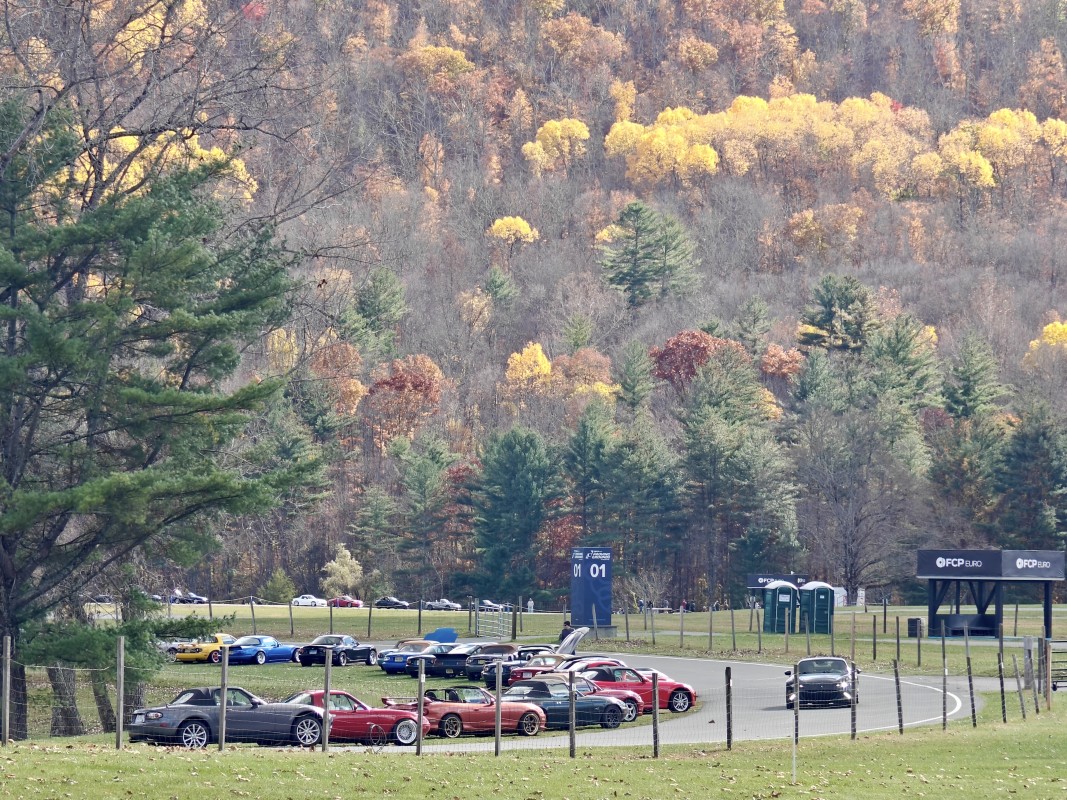
Elijah Nicholson-Messmer
Mazda’s chief technical officer, Ryuichi Umeshita, highlighted that the ND Miata is lighter than its predecessor despite increasingly strict crash regulations. He said the next MX-5 must remain “very light,” and there are no plans to introduce a turbocharged engine or fully electric powertrain unless external regulations make it unavoidable. The focus remains on the connection between car and driver, following the Japanese philosophy of Jinba Ittai.
Manual transmissions will remain a central feature. Umeshita explained that the MX-5’s promise of driving dynamics and oneness between car and driver relies on a naturally aspirated engine paired with a stick-shift gearbox, preserving the core experience that has defined the Miata for more than 30 years.
A promising partnership
The engineers’ trip to MiataCon comes as Mazda is reportedly collaborating with Toyota on the next generation of the MX-5 and the GR86. According to Best Car magazine, Mazda engineers have been working in Toyota City on a shared sports car platform.
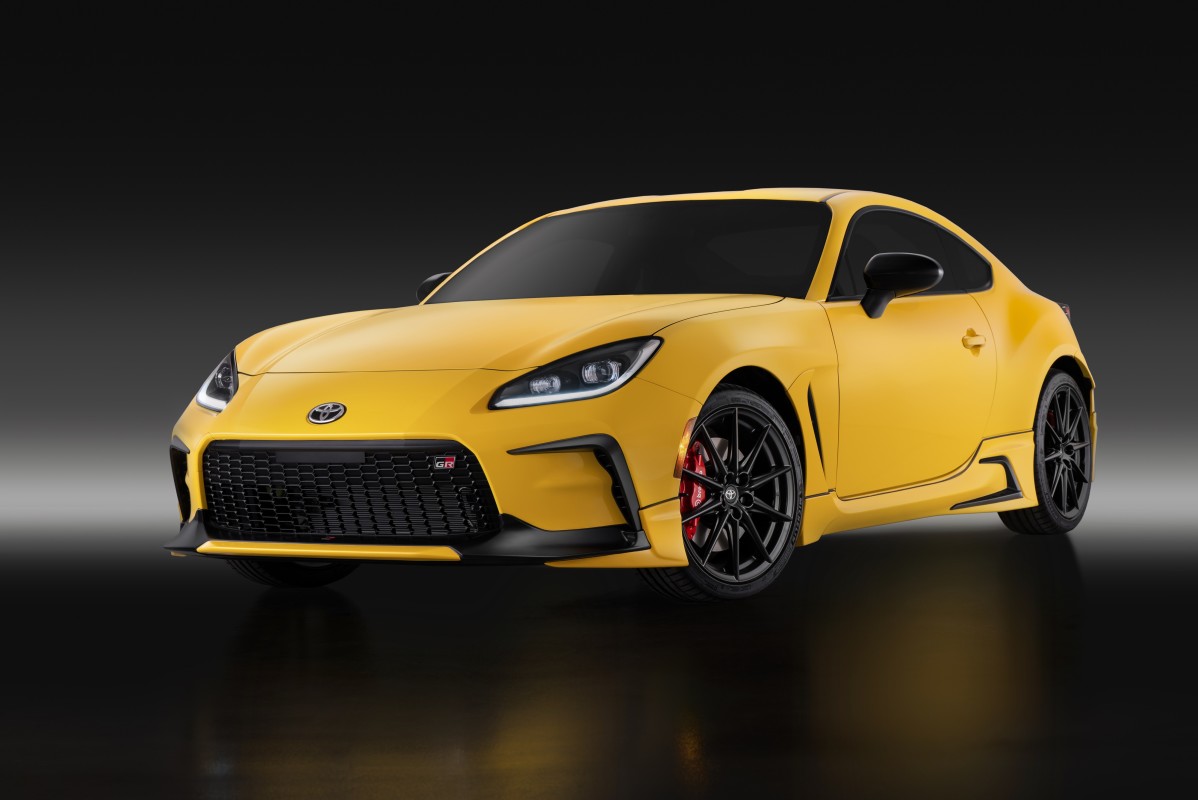
While specifics remain unconfirmed, the partnership could blend Mazda’s lightweight design expertise with Toyota’s technical resources, potentially introducing subtle updates without compromising the Miata’s ethos.
Final thoughts
Even as Mazda explores new possibilities for the MX-5, the engineers’ visit demonstrates the company’s commitment to listening to the community that has supported the car for decades. Four decades in, the Miata’s mission remains unchanged: deliver a lightweight, engaging, and accessible driving experience. By showing up in person, Mazda’s next generation of engineers made it clear they intend to preserve that mission while steering the car into the future.
